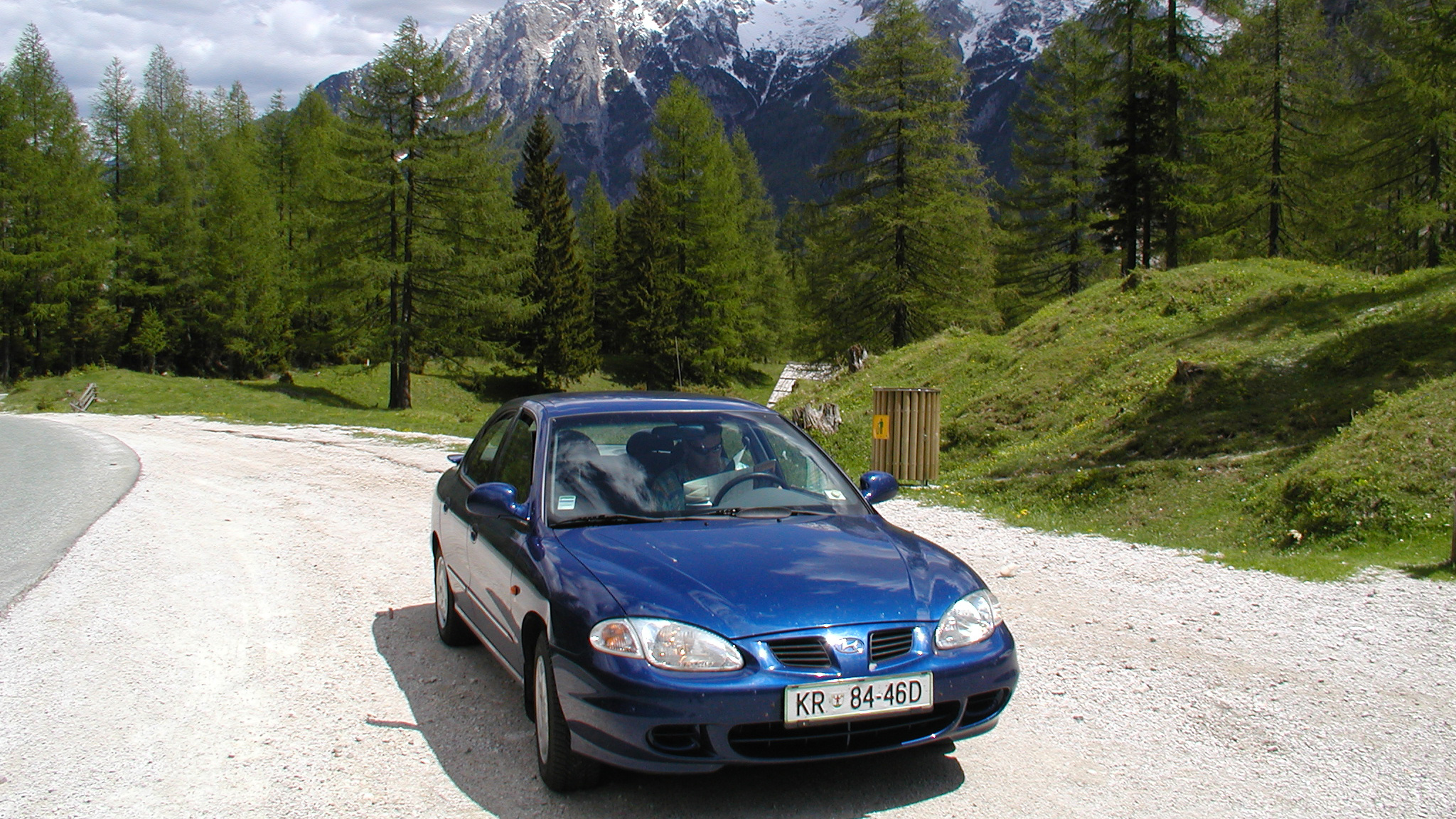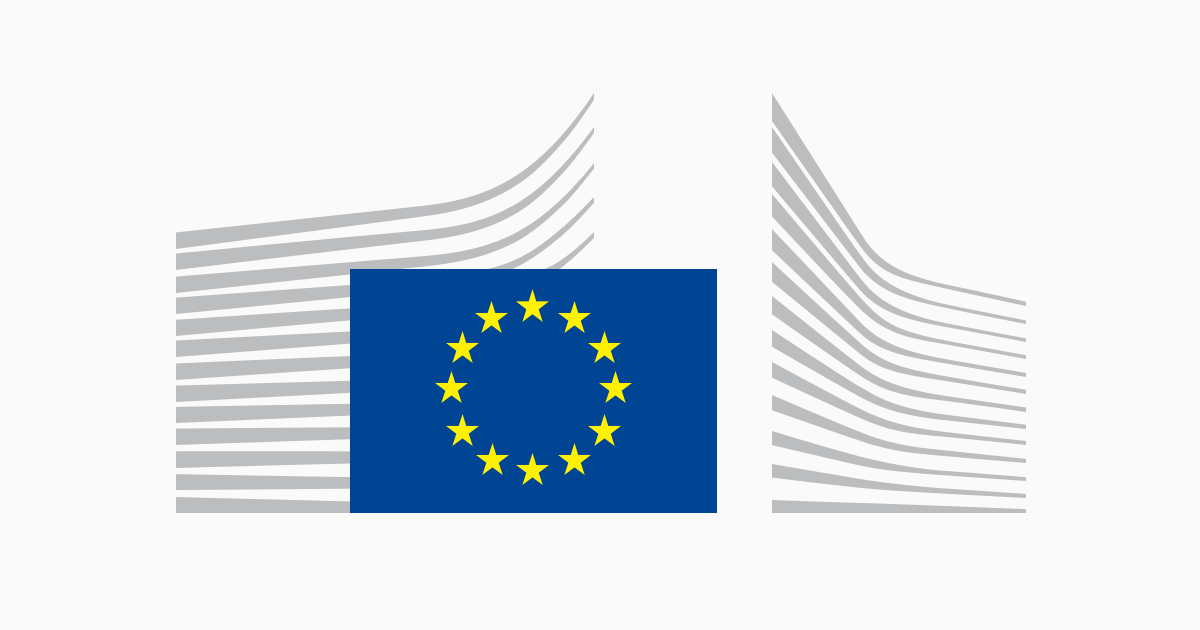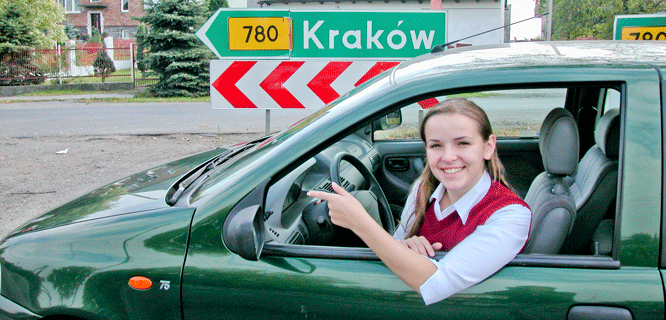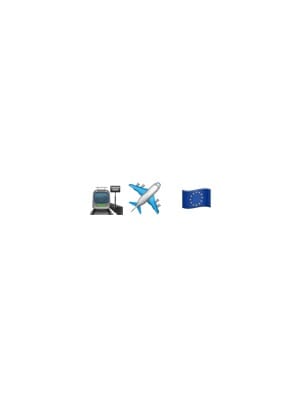Road Trip?
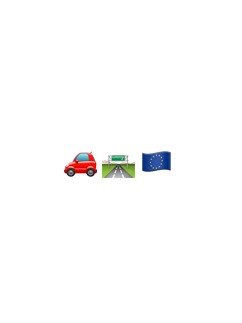
This is one section of my Europe travel summary — be sure to check out the full guide!
1. Before Hitting Road
I asked ChatGPT what my audience should know before embarking on a road trip in Europe, and here’s what it recommended.
Driving in Europe can be a rewarding experience, but it comes with its own set of challenges and nuances. Here are some key tips for drivers from outside Europe:
1. Understand the Local Traffic Rules:
Traffic laws can vary significantly between European countries. Familiarize yourself with local regulations, speed limits, and road signs before you drive. For instance, many countries drive on the right side of the road, but the UK and Ireland drive on the left.
2. Driving License and Documents:
Ensure you have an International Driving Permit (IDP) if required, in addition to your regular driver's license. Carry your passport, rental agreement, and insurance documents with you at all times.
3. Know the Road Signs and Signals:
European road signs might be different from those in your home country. Make sure you understand common signs like those for priority, roundabouts, and speed limits. Many signs are pictorial, which helps, but getting acquainted with the basics is crucial.
Roundabouts are common in Europe and have specific rules. Generally, vehicles inside the roundabout have the right of way. Look out for signs indicating who has priority.
5. Tolls and Vignettes:
Some European countries have toll roads or require a vignette (a type of road tax sticker). Research whether your route includes toll roads and make sure to carry cash or a credit card to pay tolls.
6. Parking Regulations:
Parking rules can be strict. Pay attention to parking signs and regulations to avoid fines. In many cities, parking zones are color-coded, indicating different rules and time limits.
7. Fuel and Refueling:
Gas stations in Europe may have different fuel types and pump systems. Be aware of the type of fuel your vehicle requires (e.g., diesel or petrol) and understand how to use the pump, as some stations are self-service.
8. Driving Etiquette:
European drivers generally expect courteous driving. Use your indicators, follow speed limits, and be mindful of cyclists and pedestrians. Aggressive driving is less tolerated in many countries.
9. Emergency Equipment:
Some countries require drivers to carry certain safety equipment, like reflective vests, warning triangles, or first-aid kits. Check the local requirements for the countries you’ll be driving through.
10. Plan Your Route:
Use a reliable GPS or map application to plan your route and be prepared for different driving conditions. European roads can be narrow and winding, especially in rural areas.
11. Adjust to Different Driving Conditions:
European roads can range from modern highways to narrow, winding streets in historic towns. Be prepared for different driving environments, and drive cautiously, especially in adverse weather conditions.
12. Driving with Pets:
Ensure your pet has a microchip and a valid pet passport, including rabies vaccination. Secure your pet with a seatbelt or crate. Provide water and regular breaks. Check entry requirements for each country, including health certificates and pet control points.
Driving in Europe can be an enjoyable way to explore the continent’s diverse landscapes and cultures. Just be prepared, stay informed, and drive safely!
2. Rent a Car
Secure your rental car ahead of time to get better deals and avoid last-minute hassles.
Confirm rental policies on fuel, mileage limits, and return procedures.
I recommend that you choose all risk cover insurance when renting a car to avoid any unexpected events and potential costs that may affect your journey.
Depending on your personal needs and experience, remember to choose or request a diesel or gasoline vehicle. Then you can also avoid filling up your fuel tank with the wrong fuel on the way.
Check the vehicle’s condition and fuel level upon pickup. Document any existing damage with photos or videos.
Apply for an IDP if required, as some European countries may need it in addition to your regular driver’s license.
Additional Tip! Please familiarize yourself with local driving laws and regulations before driving!
3. More Resources
Here are also several websites and resources that can help you prepare for driving in Europe. Here are some useful ones:
European Commission - Road Safety
The European Commission’s road safety page includes regulations, safety measures, and travel tips for driving in different European countries.
Drive Europe
Provides detailed information on driving laws, requirements, and tips for each European country. Useful for understanding local driving rules and regulations.
RAC - Driving in Europe
The Royal Automobile Club (RAC) provides practical advice for UK drivers traveling in Europe, which is also relevant for US travelers.
Rick Steves - Driving in Europe:
Features travel advice from Rick Steves, with insights on driving in Europe and handling common challenges.
⚠️ Other Tips
Service fee at gas stations
In Italy, if a gas station attendant helps you while you’re refuelling, you’ll be charged a service fee. It’s not excessive, but keep this in mind if you're on a budget!
🧳 Luggage
Based on my own experience, I’ve found that traveling by train or plane often comes with luggage restrictions and skills. That’s why I’ve included my packing tips in this "Train or Plane" guide — be sure to check it out!
Last but not least,
Enjoy your time around!
Feel free to check out my other travel experiences! And save my other itineraries and map lists below to book your next trip! 🌹🌹🌹
The home for unique & authentic travel

